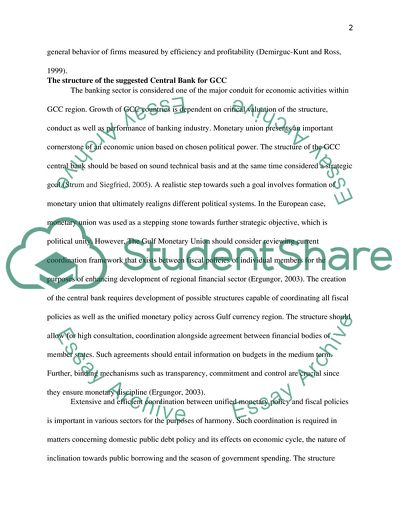Cite this document
(“The structure of the suggested Central Bank for GCC Assignment”, n.d.)
The structure of the suggested Central Bank for GCC Assignment. Retrieved from https://studentshare.org/finance-accounting/1662984-the-structure-of-the-suggested-central-bank-for-gcc
The structure of the suggested Central Bank for GCC Assignment. Retrieved from https://studentshare.org/finance-accounting/1662984-the-structure-of-the-suggested-central-bank-for-gcc
(The Structure of the Suggested Central Bank for GCC Assignment)
The Structure of the Suggested Central Bank for GCC Assignment. https://studentshare.org/finance-accounting/1662984-the-structure-of-the-suggested-central-bank-for-gcc.
The Structure of the Suggested Central Bank for GCC Assignment. https://studentshare.org/finance-accounting/1662984-the-structure-of-the-suggested-central-bank-for-gcc.
“The Structure of the Suggested Central Bank for GCC Assignment”, n.d. https://studentshare.org/finance-accounting/1662984-the-structure-of-the-suggested-central-bank-for-gcc.


